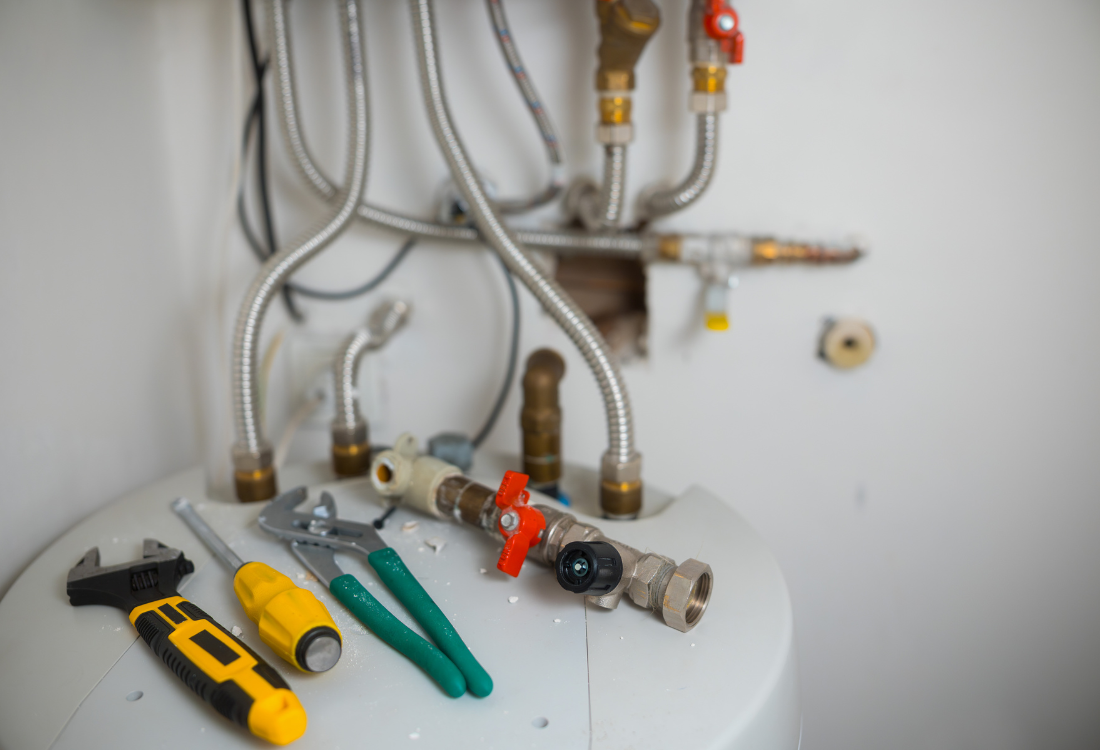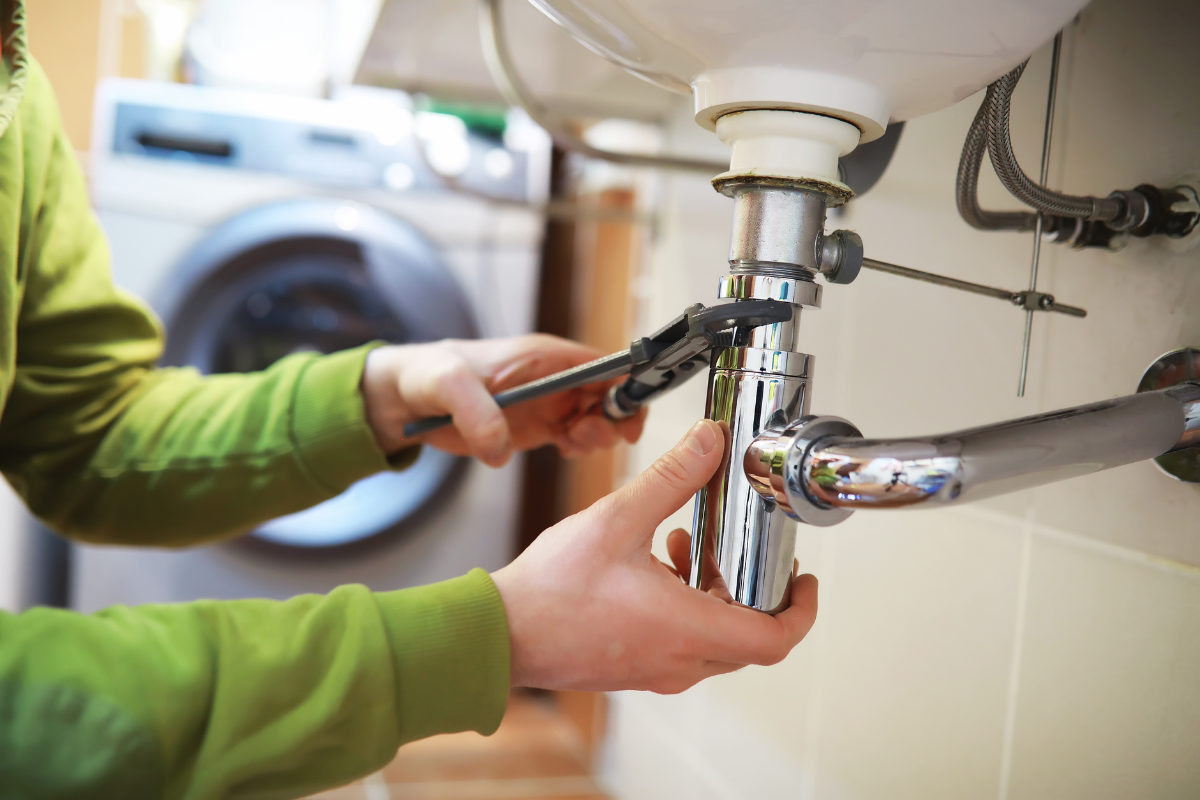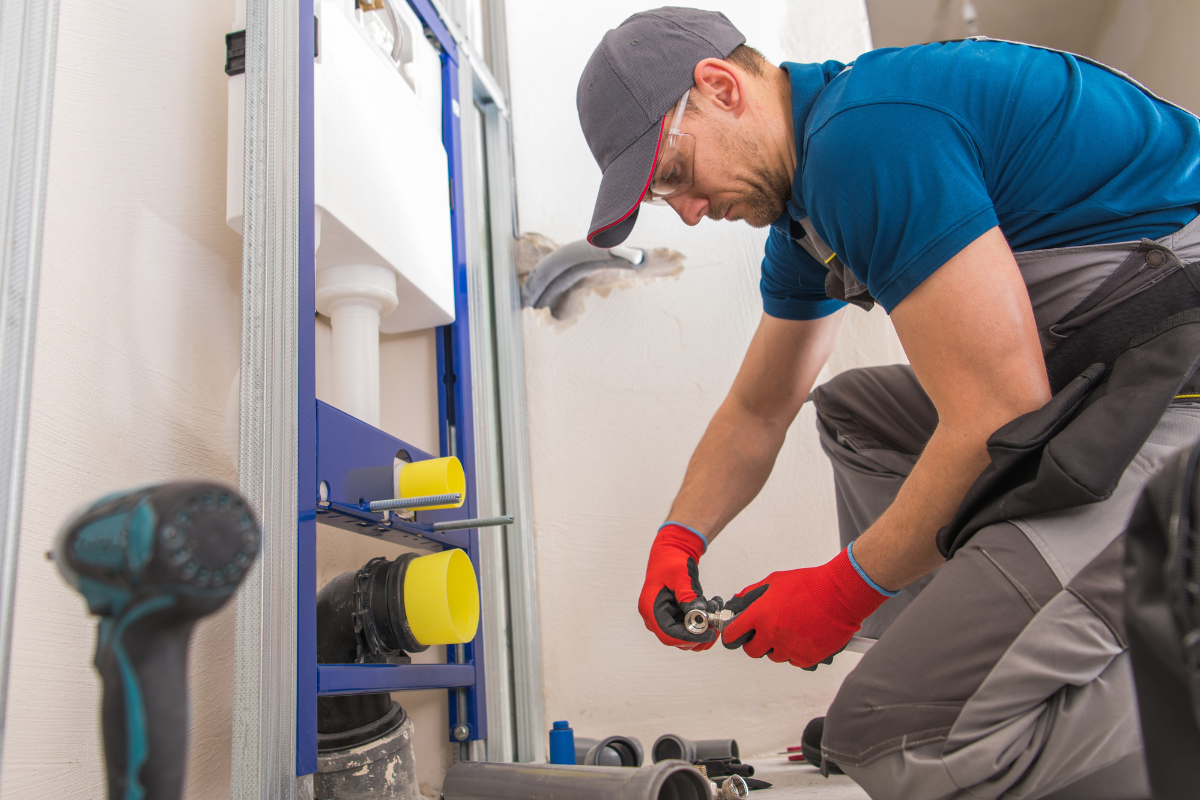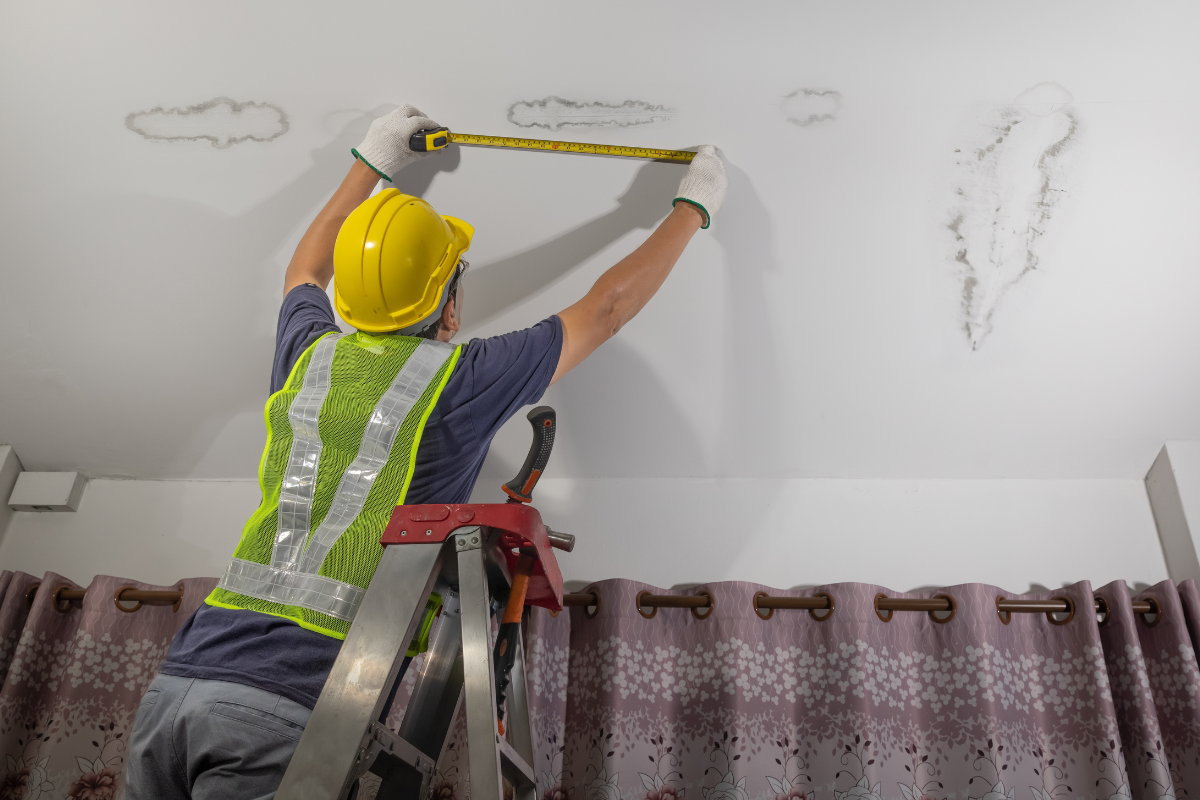
When you notice peeling paint, mysterious damp patches, or even a sudden spike in your PUB water bill, there’s a chance you’re dealing with something many Singaporean homeowners dread: a hidden water leak behind the walls. Unlike a dripping tap or an exposed pipe under the sink, wall leaks are much trickier. They’re concealed, silent, and left untreated, they can cause serious damage—not just to your home but also to your wallet.
This is where professional plumbers come in. Armed with advanced tools and years of experience, they have the expertise to detect exactly where a leak is coming from without tearing down half your wall in the process. But how exactly do plumbers in Singapore go about finding these hidden culprits? Let’s take a closer look.
Why Hidden Leaks Are Common in Singapore Homes
Singapore’s housing landscape—whether you’re living in an HDB flat, a condominium, or a landed property—comes with its fair share of plumbing challenges. In many older HDB flats, water pipes were originally concealed within walls or floors, making them harder to inspect without specialist equipment. Over time, natural wear and tear, corrosion, or even renovation works can lead to tiny cracks or loose joints that cause leaks.
In condominiums, residents may face added complexity, as pipes often run vertically between units. A leak from your neighbour upstairs could easily seep through your walls or ceiling, leaving you puzzled about the true source. For landed properties, underground or concealed pipes that connect bathrooms and kitchens to the main supply can be just as tricky.
Given Singapore’s humid climate, moisture tends to linger, which makes leaks all the more problematic. A small drip inside a wall can quickly escalate into mould growth, structural weakening, or even electrical hazards if water makes contact with wiring.
Telltale Signs of a Leak Behind the Walls
Before you even call a plumber, there are usually some clues that suggest water is making its way where it shouldn’t. Keep an eye out for these common signs:
- Peeling paint or wallpaper: Moisture trapped behind a wall often causes the paint to bubble, blister, or flake away.
- Damp or musty odours: If a certain corner of your home constantly smells earthy or mouldy, it could mean water has seeped in.
- Discoloured patches: Yellow or brown stains on walls and ceilings are usually a giveaway of water damage.
- Mould or mildew growth: Not only unsightly but also potentially harmful to health, mould thrives in damp hidden spaces.
- Increased PUB water bills: A hidden leak may waste significant amounts of water over time, reflected in higher monthly bills.
- Persistent dampness underfoot: For ground-floor units or bathrooms, water pooling under tiles may indicate a pipe leak beneath.
While these signs hint at a problem, they rarely reveal exactly where the leak is coming from. That’s where professional detection methods come in.
How Plumbers Detect Hidden Leaks in Singapore
Modern plumbers don’t rely on guesswork. Instead, they use advanced, non-invasive tools designed to pinpoint leaks quickly and accurately. Here are the most common methods:
1. Thermal Imaging Cameras
These high-tech cameras use infrared technology to detect subtle changes in surface temperature. Since leaking water is usually cooler than the surrounding wall, the camera can identify damp areas invisible to the naked eye. This method allows plumbers to “see” behind the wall without drilling holes, reducing unnecessary damage.
2. Acoustic Leak Detectors
Water escaping under pressure often makes a sound, even if it’s too faint for us to hear. Acoustic devices amplify these noises, allowing plumbers to listen for the distinct hissing or dripping sounds of a leak. This is particularly useful in high-rise HDBs and condos, where pipes are hidden within concrete.
3. Moisture Meters
A moisture meter measures the amount of water within walls, floors, or ceilings. By scanning different spots, plumbers can determine exactly where water levels are unusually high, helping to narrow down the affected area.
4. Pipe Inspection Cameras
For stubborn cases, plumbers may insert a flexible camera directly into the plumbing system. This allows them to visually inspect the inside of the pipe for cracks, blockages, or loose joints. It’s an especially helpful tool for older buildings where the original piping might be degrading.
Each of these methods helps reduce the need for unnecessary hacking or drilling. Instead of breaking through entire sections of a wall, plumbers can focus on the exact location of the leak, saving homeowners both time and repair costs.
Why DIY Leak Detection Isn’t a Good Idea
With so many tutorials online, it’s tempting to try diagnosing a leak yourself. But when it comes to concealed leaks, DIY methods are often more harmful than helpful.
For starters, most homeowners don’t have access to specialised tools like thermal cameras or acoustic detectors. Guesswork could lead to unnecessary damage—imagine hacking open the wrong section of wall, only to find the pipe there is perfectly fine. Not only will you still need a plumber, but you’ll also have to pay for extra repair works.
There’s also the risk of overlooking serious damage. A small leak may seem manageable at first, but without proper detection, it can worsen over time. In Singapore’s humid environment, even a minor seepage can lead to extensive mould growth, which poses health risks, particularly for children and the elderly.
Finally, tampering with plumbing systems can sometimes void warranties or violate HDB renovation guidelines. Licensed plumbers are trained to follow regulations and ensure that any repair work is compliant.
Costs and Time Considerations in Singapore
One of the most common questions homeowners ask is: how much will this cost? The price of leak detection and repair in Singapore varies depending on the complexity of the job, the location of the leak, and the methods used.
- Basic leak detection with tools like moisture meters or thermal imaging may cost anywhere between $100 and $300.
- Pipe inspection with cameras is usually pricier, ranging from $250 to $500, given the specialised equipment involved.
- Repair costs can vary widely. Fixing a simple joint might be under $150, but more extensive repairs that involve hacking tiles, replacing pipes, or restoring affected areas can run into several hundred or even thousands of dollars.
In terms of time, most leak detection jobs can be completed within a few hours. Repairs, however, may take longer depending on the extent of the damage. For example, a straightforward leak within a bathroom wall might be fixed in half a day, while larger-scale works involving multiple rooms or shared condominium pipes could take several days.
It’s also worth noting that some home insurance policies in Singapore cover water damage, particularly if the leak wasn’t caused by negligence. It may be worth checking your policy or speaking to your insurer.
Preventive Maintenance: Reducing the Risk of Hidden Leaks
While not all leaks can be prevented, there are steps you can take to reduce the risk of a plumbing surprise:
- Regularly monitor your PUB bills: A sudden unexplained increase could indicate a hidden leak.
- Inspect bathrooms and kitchens often: Look out for damp spots, cracks in grout, or discolouration on tiles and walls.
- Arrange routine plumbing checks: Especially if you live in an older HDB flat or condo, periodic inspections can catch small issues before they escalate.
- Don’t ignore minor leaks: A dripping tap or slow drain may seem trivial, but they can signal larger underlying problems.
- Maintain good ventilation: In humid Singapore, proper airflow reduces the chance of mould growth if moisture is present.
Taking these simple measures helps safeguard your home and ensures that if a leak does occur, it’s detected early.
Why Licensed Plumbers Are Essential in Singapore
When faced with a potential wall leak, the most important step is to call a licensed plumber. In Singapore, the Public Utilities Board (PUB) requires plumbers to be licensed in order to carry out certain works, particularly those involving potable water systems.
Licensed plumbers not only have the necessary training and equipment but also understand local regulations. They can ensure that repairs are carried out safely, effectively, and with minimal disruption. More importantly, they can provide peace of mind—knowing that the problem has been properly identified and resolved.
Conclusion
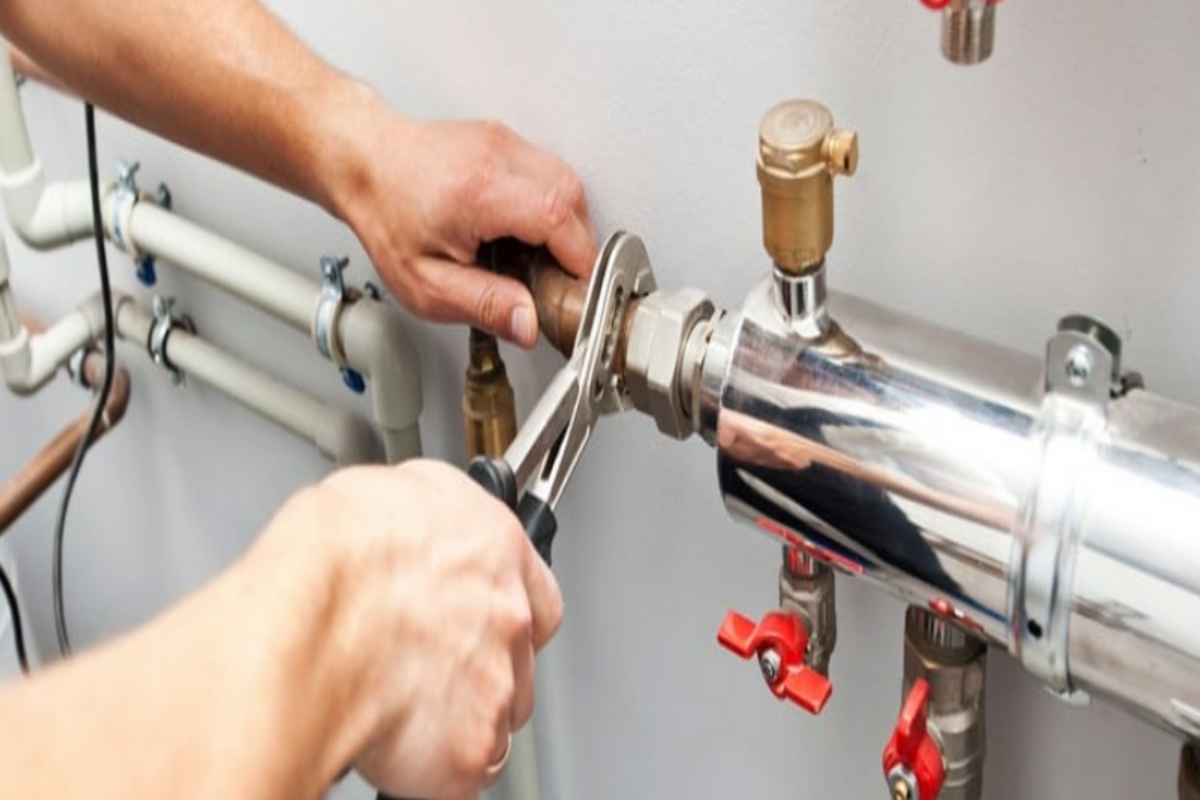
Hidden leaks behind walls may start as a small nuisance but, left unchecked, can spiral into costly and stressful problems for homeowners in Singapore. From peeling paint and musty odours to inflated water bills, the signs are often subtle yet telling.
Fortunately, modern plumbers in Singapore are equipped with advanced tools such as thermal imaging cameras, acoustic detectors, moisture meters, and inspection cameras, allowing them to locate leaks quickly and precisely. While the temptation to DIY may be strong, the risks of misdiagnosis or unnecessary damage make professional help the smarter choice.
Yes, leak detection and repair come with costs, but they’re far lower than the long-term damage that unchecked leaks can cause. With preventive maintenance and the expertise of licensed plumbers, you can keep your home safe, dry, and comfortable.
At the end of the day, when it comes to mysterious damp walls, it’s best to remember: don’t guess, don’t stress—just call in the professionals.
continue reading
Related Posts
Every household in Singapore depends on a functioning plumbing system.
In the fast-paced, highly urbanised environment of Singapore, the functionality

